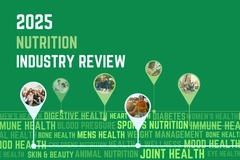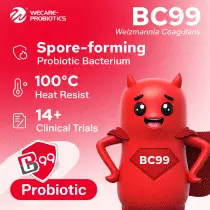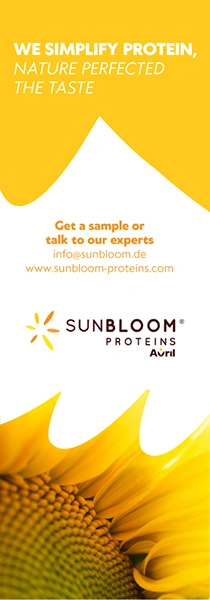
- Industry news
Industry news
- Category news
- Reports
- Key trends
- Multimedia
Multimedia
- Journal
- Events
- Suppliers
Suppliers
- Home
- Industry news
Industry news
- Category news
- Reports
- Key trends
- Multimedia
Multimedia
- Events
- Suppliers
Suppliers
Radioactivity Absorbed Through Food Below European Union Legal Limit, RIFE Report Says

The survey measures radioactivity from different parts of the food chain, including local food eaten by people who live close to nuclear sites.
26/10/06 The radioactivity people absorb through food remained below the European Union legal limit during 2005, says the Agency's fourth annual Radioactivity in Food and the Environment (RIFE) report, the most comprehensive independent report of radioactivity in food across the UK.
It combines the FSA's monitoring results with the Environment Agency's, Scottish Environment Protection Agency's and the Environment and Heritage Services of Northern Ireland.
The survey measures radioactivity from different parts of the food chain, including local food eaten by people who live close to nuclear sites. Overall, it also works out how much radioactivity people would absorb from authorised radioactive discharges in our environment, such as in the air.
By combining these sources the report works out how much radioactivity people take in from all these sources, whether they live near a nuclear site or not. It found that the total dose is under the EU annual dose limit for members of the public of 1 millisievert for all authorised discharges of radiation.
The science behind the story
Radioactivity has been around since the Earth was created and it exists naturally in the atmosphere, soil, seas and rivers. It's also created by human activity during energy production and military operations. Inevitably some of this gets into the food and drink we consume.
The main purpose of the Agency's monitoring programme is to make sure that levels of radioactivity in food and drink from authorised discharges do not lead to us receiving unacceptable amounts of radioactivity through our food. Authorised discharges are those that nuclear sites or industrial manufacturers are allowed to make under their operating licences.











